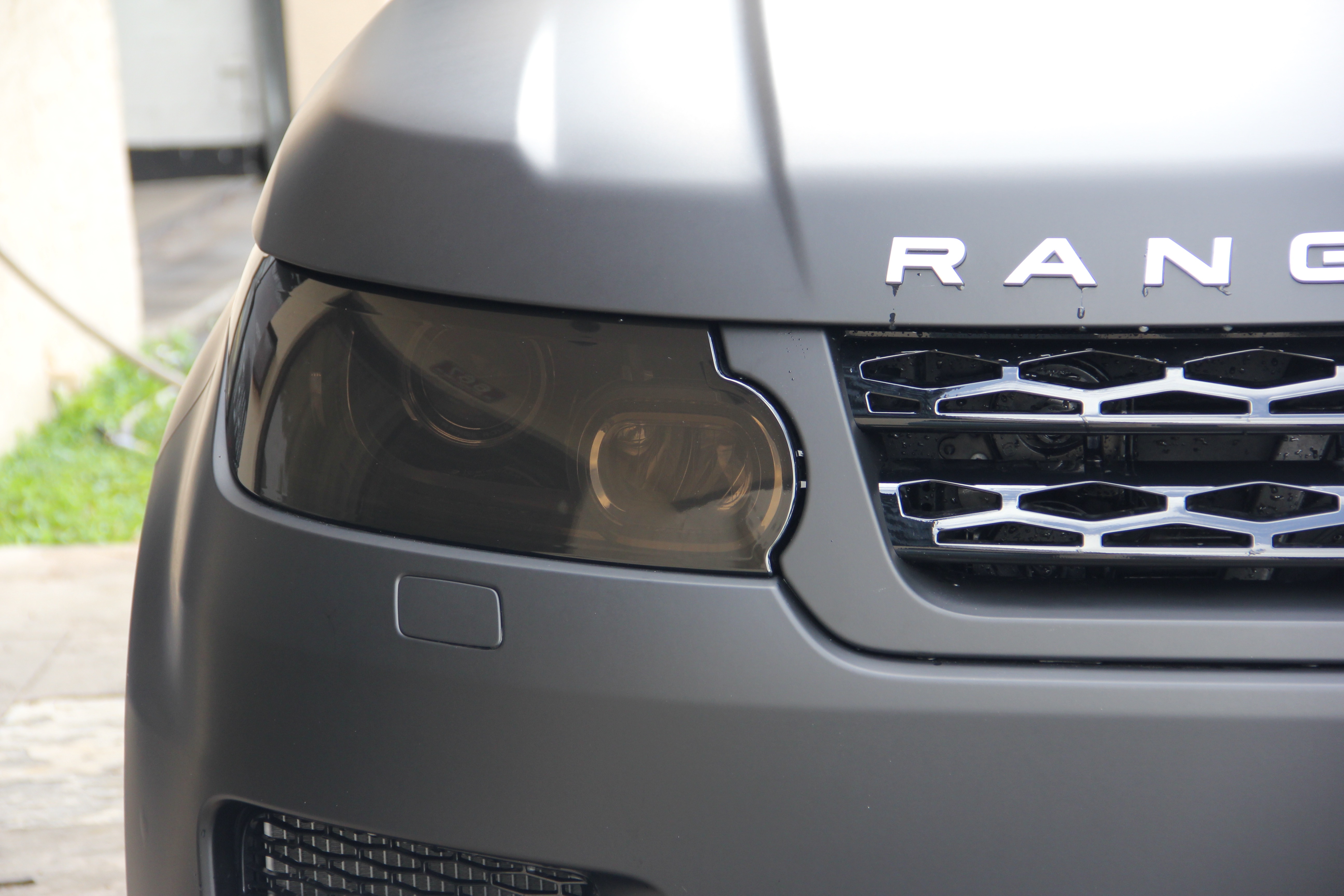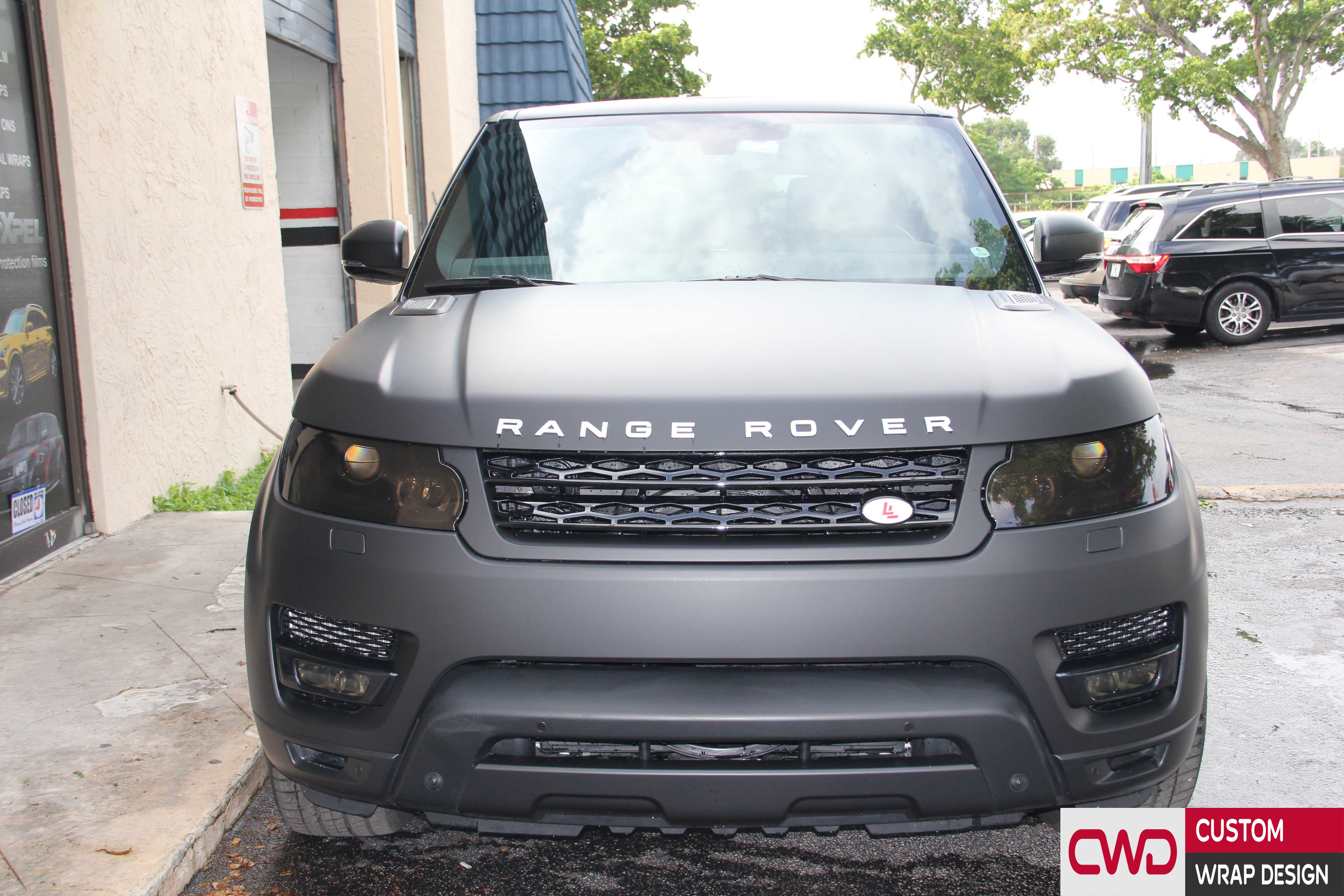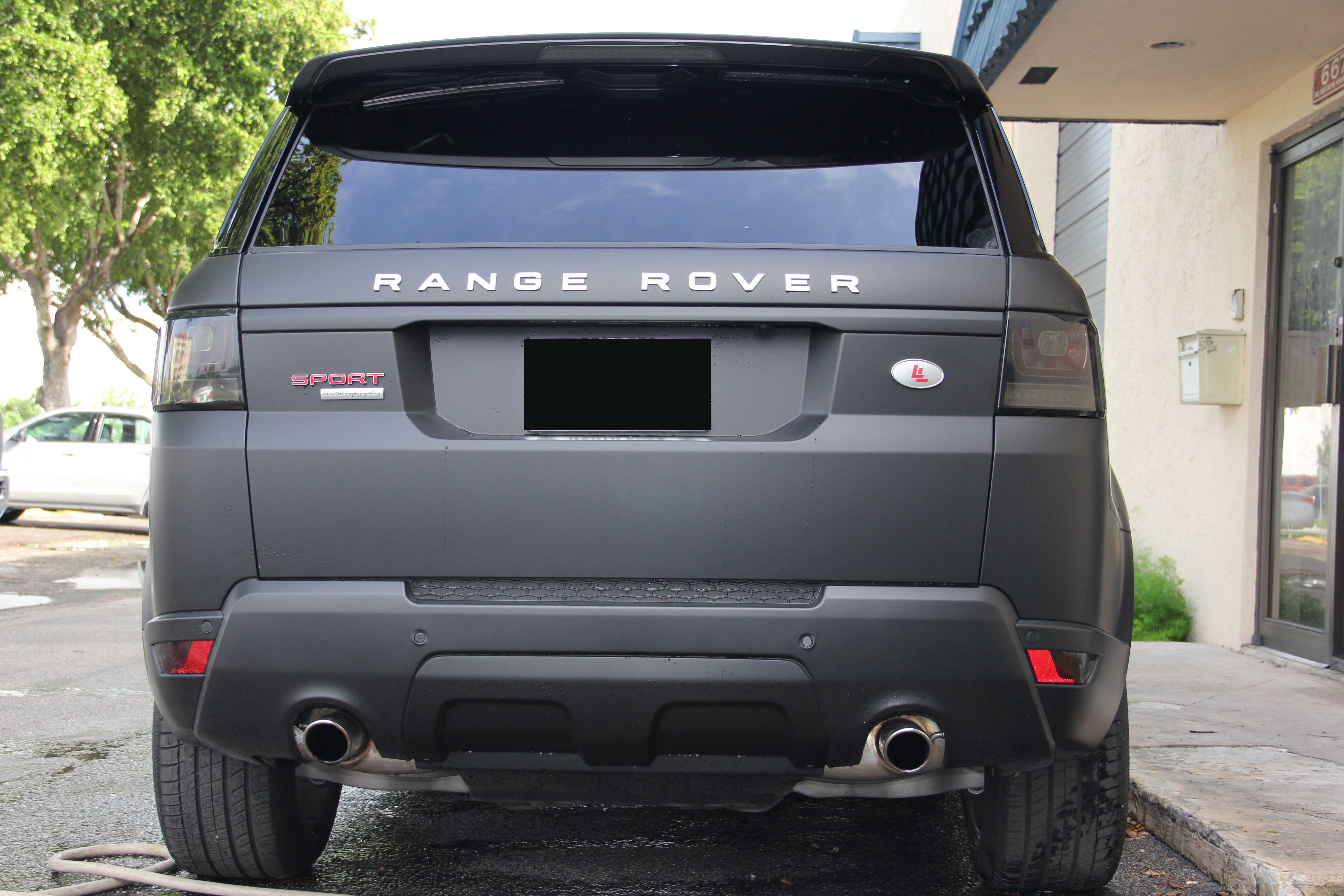Imagine your car's paint having a defense system that not only blocks damage but actively repairs itself. This technology exists today, and it's changing how luxury cars are protected. From graphene's atom-thin armor to self-healing polymers that erase scratches, these coatings go far beyond what traditional products can do.
If you own a high-end vehicle or just want the best protection available, understanding these options helps you make better decisions about protecting your investment.
What Is Graphene Ceramic Coating?
Graphene ceramic coating uses graphene—a single layer of carbon atoms arranged in a hexagonal lattice. This structure creates a material that's strong yet flexible, forming a protective barrier just one atom thick.
When you apply graphene ceramic coating for cars, you get an invisible shield that handles heat differently than older formulas. The material moves heat quickly across its surface, which means fewer water spots after washing and easier removal of bird droppings that would normally bake onto paint.

What Graphene Coating Does for Your Vehicle?
The science is interesting, but here's what you'll notice: water and dirt slide right off. Your car stays cleaner longer and maintains that glossy look. The coating blocks UV rays that fade paint over time. Most people see the difference immediately—a deep, glass-like finish that brings out the paint's natural color.
Quality graphene for cars lasts five to seven years with basic care. Traditional ceramic coatings typically last two to five years, so you're getting more protection for longer.

How Self-Healing Coatings Work
Self-healing technology uses thermoplastic polymers built into paint protection film. When the film gets minor scratches or swirl marks, heat causes these polymers to flow back together and fill in the damage.
The heat can come from sunlight on a warm day or a heat gun for deeper marks. You can actually watch scratches disappear as the film reorganizes itself. This isn't temporary—the material genuinely repairs itself.

What It Can and Can't Fix
Self-healing works great on light scratches and surface damage. It won't fix deep gouges that cut through to the paint underneath. The technology handles everyday wear from washing, road debris, and light contact—damage that would normally need buffing or paint correction.
Graphene Ceramic Coating vs Ceramic Coating
People often ask: is graphene ceramic coating worth it compared to regular ceramic? Both create a protective layer over your paint, but they perform differently.
Standard ceramic coatings give you good gloss and solid protection. They've been reliable for years. Graphene coatings for cars build on those benefits and fix some weak spots. The heat management cuts down on water spotting. The material doesn't attract static, so less dust sticks to your car. You get better scratch resistance without losing flexibility.
Most graphene ceramic coating reviews point out one big advantage: less maintenance. The water-repelling properties are stronger, so you can go longer between washes. When you clean your car, dirt comes off easier.
Smart Coatings: What's Coming Next
Labs are testing coatings that can change based on conditions or tell you about damage through your phone. Some experimental formulas adjust their hardness with temperature. Others have sensors that detect problems and send alerts.
These are mostly still in development, but they show where things are headed. The same principles behind graphene and self-healing coatings today will power tomorrow's even better solutions.

Which Cars Need This Level of Protection?
Tesla Model Y owners, Porsche drivers, and people with exotic cars usually jump on these innovations first. But any car owner who cares about long-term appearance and resale value can benefit.
Think about how you use your car. Daily drivers face more environmental wear. Show cars need perfect finishes. Track cars deal with different stresses. Each situation might call for different protection.

Is the Investment Worth It?
Look beyond the upfront cost. Calculate the value over the coating's life. Factor in lower detailing costs, better resale value, and knowing your car has strong protection.
A good graphene ceramic coating review considers total ownership cost, not just initial price. When a coating lasts twice as long and needs half the maintenance, the math works out even with a higher starting point.
Installation Quality Matters
The best coating performs poorly if someone applies it wrong. Surface prep—removing contaminants, fixing paint issues, and creating good bonding conditions—determines how well any coating works. Professional installation includes paint correction to fix existing damage before sealing the surface.
The curing process takes several hours, though infrared lamps can speed it up. Each panel gets coated individually, then buffed lightly. After curing, a final inspection checks for streaks or uneven areas.

What Does Graphene Coating Cost?
Pricing depends on your vehicle size, paint condition, number of coating layers, and whether paint correction is needed. Larger vehicles require more product and labor time.
| Vehicle Type | Standard Coating | Multi-Layer | Paint Correction |
|---|---|---|---|
| Compact / Hatchback | $180–$220 | $280–$350 | $150–$250 |
| Sedan | $240–$300 | $380–$480 | $200–$350 |
| SUV/Truck | $300–$420 | $500–$650 | $300–$500 |
| Luxury/Exotic | $450–$700+ | $750–$1,200+ | $400–$800 |
Your actual cost depends on your location and the installer's experience. Paint correction adds to the total but creates the clean surface the coating needs to bond. If your car has swirl marks, oxidation, or scratches, skipping this step just seals in those problems.
Most installers include a warranty (typically 5–7 years for graphene) and provide aftercare instructions. Ask what's included in the quoted price—installation, curing time, inspection, and warranty terms should all be clear.
What is Graphene Ceramic Coating Really Offering?
Graphene ceramic coating is a tougher, longer-lasting shield for your paint that needs less upkeep than older options. Self-healing films add another layer of protection by fixing minor damage automatically.
For cars that matter to you—luxury cars, performance vehicles, or daily drivers you plan to keep—these technologies make sense. They cost more upfront but deliver better protection and lower maintenance over time. The key is finding an installer who knows how to prep and apply these coatings correctly, because that's what separates good results from great ones.








